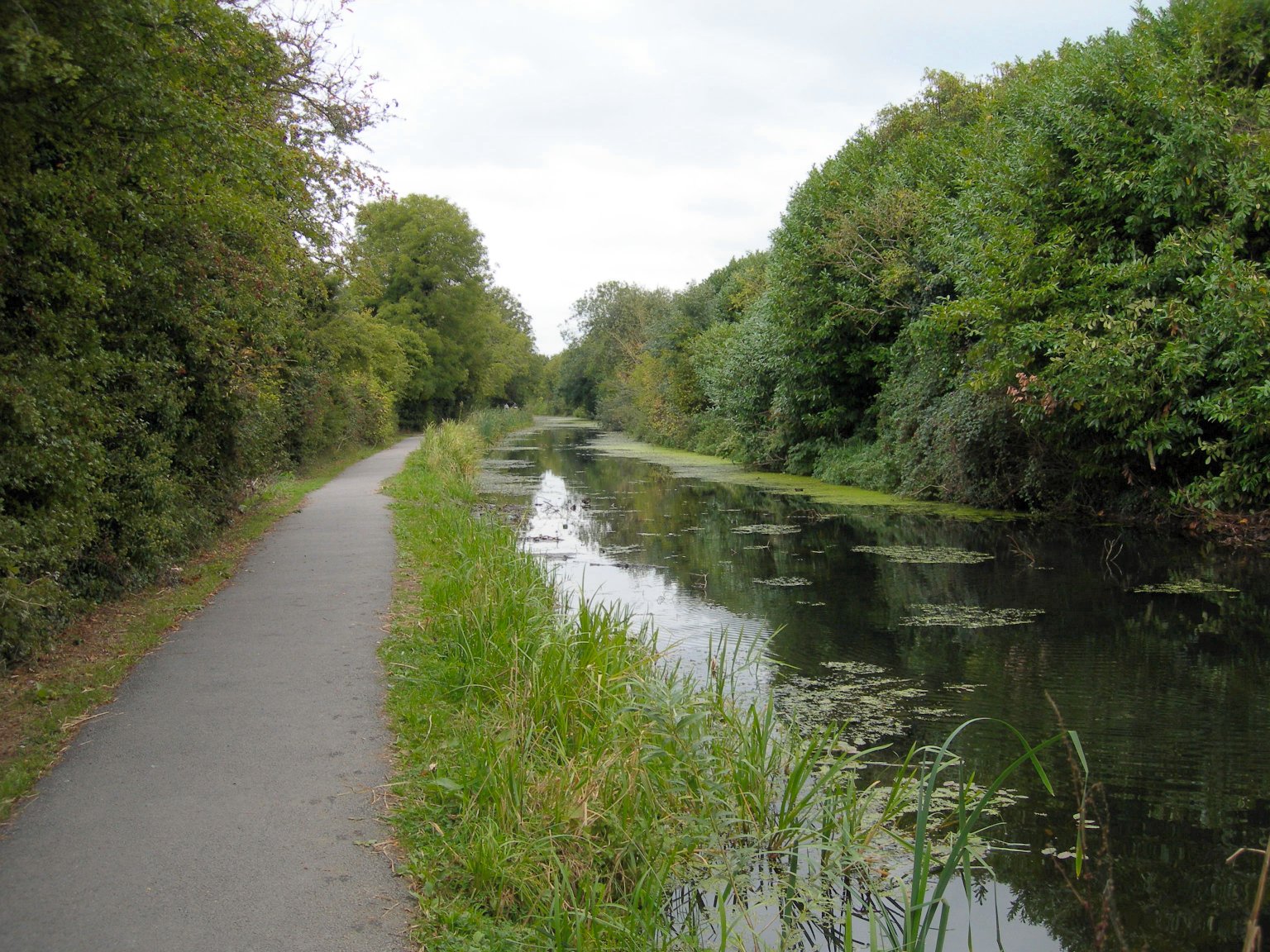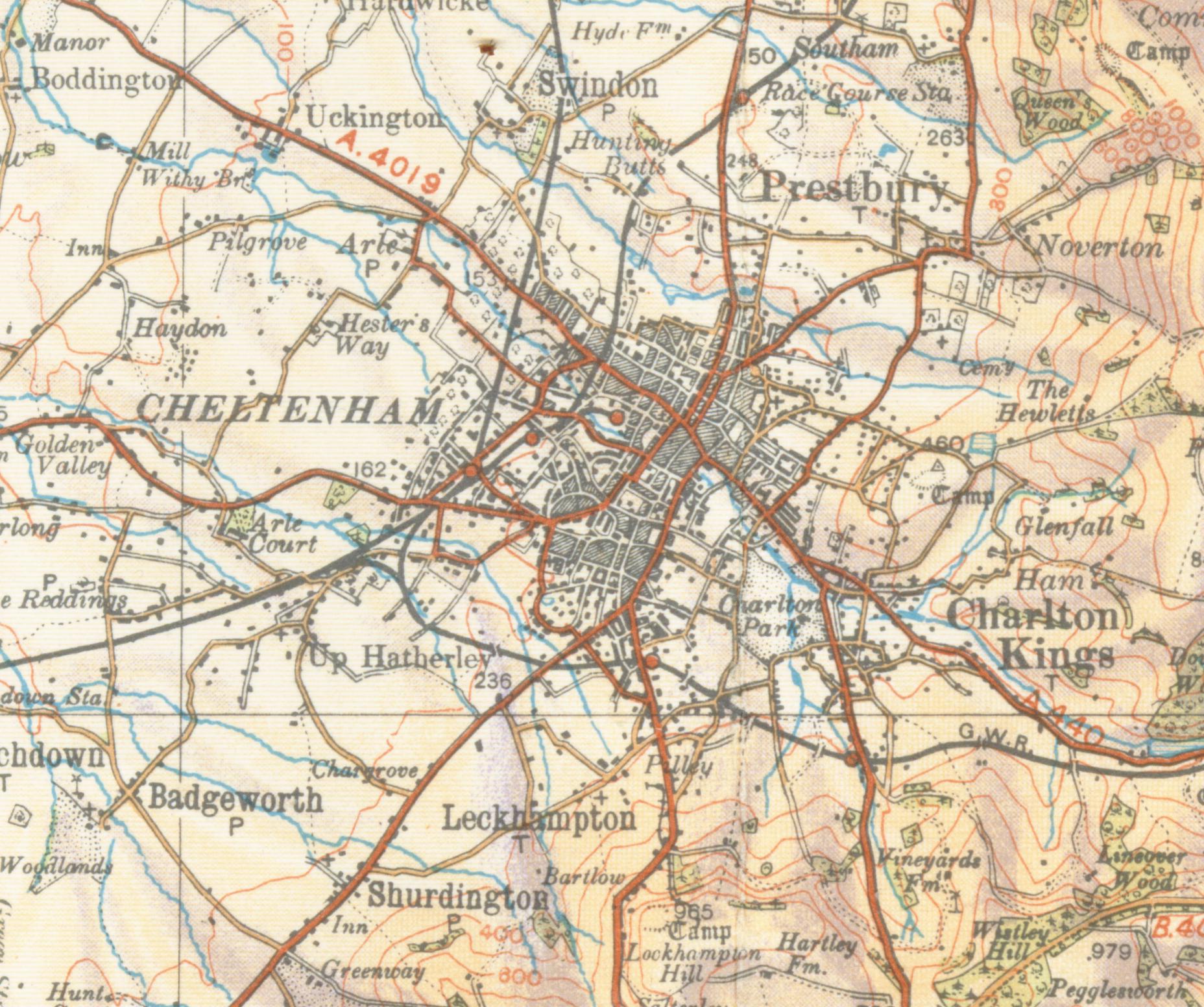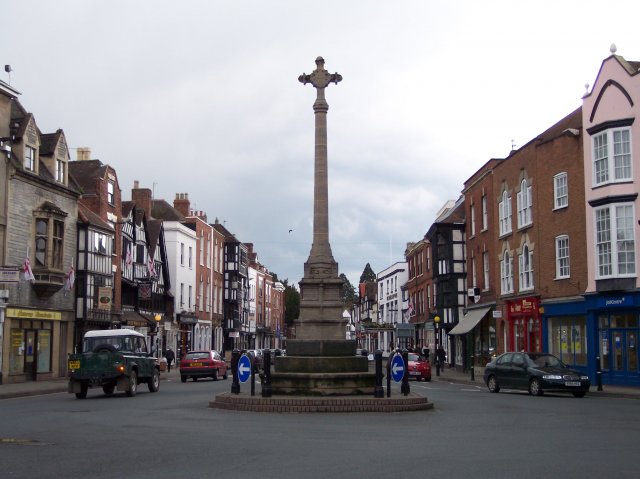|
Battle Of Aldbourne Chase
The Battle of Aldbourne Chase was a relatively small battle of the First English Civil War that occurred on 18 September 1643. In the skirmish the Cavalier, Royalist cavalry led by Prince Rupert attacked the extended columns of the Roundhead, Parliamentarian army of Robert Devereux, 3rd Earl of Essex, the Earl of Essex at Aldbourne, Aldbourne Chase, Wiltshire, as he was attempting to get his army to London. The battle in and of itself was inconclusive, but it allowed the Royalists to get to Newbury, Berkshire, Newbury ahead of Essex and ultimately forced the Parliamentarian army into a major confrontation. Background After relieving the siege of Gloucester, the Earl of Essex needed to return to London with his army intact. To do so, Essex first chose to travel north to Tewkesbury in an attempt to draw the Royalist forces near Gloucester off his intended route back to London. After Charles I of England, King Charles and the Royalist army followed, Essex turned south and trave ... [...More Info...] [...Related Items...] OR: [Wikipedia] [Google] [Baidu] |
First English Civil War
The First English Civil War took place in England and Wales from 1642 to 1646, and forms part of the 1639 to 1653 Wars of the Three Kingdoms. They include the Bishops' Wars, the Irish Confederate Wars, the Second English Civil War, the Anglo-Scottish war (1650–1652) and the 1649 to 1653 Cromwellian conquest of Ireland. Historians estimate that between 15% to 20% of all adult males in England and Wales served in the military between 1639 to 1653, while around 4% of the total population died from war-related causes. This compares to a figure of 2.23% for World War I, which illustrates the impact of the conflict on society in general and the bitterness it engendered. Conflict over the role of Parliament and religious practice dated from the accession of James VI and I in 1603. These tensions culminated in the imposition of Personal Rule in 1629 by his son, Charles I, who finally recalled Parliament in April and November 1640. He did so hoping to obtain funding that ... [...More Info...] [...Related Items...] OR: [Wikipedia] [Google] [Baidu] |
Charles I Of England
Charles I (19 November 1600 – 30 January 1649) was King of England, Scotland, and Ireland from 27 March 1625 until his execution in 1649. He was born into the House of Stuart as the second son of King James VI of Scotland, but after his father inherited the English throne in 1603, he moved to England, where he spent much of the rest of his life. He became heir apparent to the kingdoms of England, Scotland, and Ireland in 1612 upon the death of his elder brother, Henry Frederick, Prince of Wales. An unsuccessful and unpopular attempt to marry him to the Spanish Habsburg princess Maria Anna culminated in an eight-month visit to Spain in 1623 that demonstrated the futility of the marriage negotiation. Two years later, he married the Bourbon princess Henrietta Maria of France. After his 1625 succession, Charles quarrelled with the English Parliament, which sought to curb his royal prerogative. He believed in the divine right of kings, and was determined to govern acc ... [...More Info...] [...Related Items...] OR: [Wikipedia] [Google] [Baidu] |
Battles Of The English Civil Wars
A battle is an occurrence of combat in warfare between opposing military units of any number or size. A war usually consists of multiple battles. In general, a battle is a military engagement that is well defined in duration, area, and force commitment. An engagement with only limited commitment between the forces and without decisive results is sometimes called a skirmish. The word "battle" can also be used infrequently to refer to an entire operational campaign, although this usage greatly diverges from its conventional or customary meaning. Generally, the word "battle" is used for such campaigns if referring to a protracted combat encounter in which either one or both of the combatants had the same methods, resources, and strategic objectives throughout the encounter. Some prominent examples of this would be the Battle of the Atlantic, Battle of Britain, and Battle of Stalingrad, all in World War II. Wars and military campaigns are guided by military strategy, wher ... [...More Info...] [...Related Items...] OR: [Wikipedia] [Google] [Baidu] |
1643 In England
Events from the year 1643 in England. This is the second year of the First English Civil War, fought between Roundheads ( Parliamentarians) and Cavaliers ( Royalist supporters of King Charles I). Incumbents * Monarch – Charles I * Parliament – Revolutionary Long Events * 19 January – First English Civil War: Royalist victory at the Battle of Braddock Down secures dominance in Cornwall. * 23 January – First English Civil War: Leeds falls to Parliamentary forces. * 13 March – First English Civil War: Royalist victory at the First Battle of Middlewich in Cheshire. * 18 March – Irish Confederate Wars: Battle of New Ross in Ireland – English troops defeat those of Confederate Ireland. * 19 March – First English Civil War: Royalist victory at the Battle of Hopton Heath in Staffordshire, but the Royalist commander, the Earl of Northampton, is killed. * 25 April – First English Civil War: Reading falls to Parliament after the Siege of Reading. * 13 May � ... [...More Info...] [...Related Items...] OR: [Wikipedia] [Google] [Baidu] |
First Battle Of Newbury
The First Battle of Newbury was a battle of the First English Civil War that was fought on 20 September 1643 between a Royalist army, under the personal command of King Charles, and a Parliamentarian force led by the Earl of Essex. Following a year of Royalist successes in which they took Banbury, Oxford and Reading without conflict before storming Bristol, the Parliamentarians were left without an effective army in the west of England. When Charles laid siege to Gloucester, Parliament was forced to muster a force under Essex with which to beat Charles' forces off. After a long march, Essex surprised the Royalists and forced them away from Gloucester before beginning a retreat to London. Charles rallied his forces and pursued Essex, overtaking the Parliamentarian army at Newbury and forcing them to march past the Royalist force to continue their retreat. Essex reacted by making a surprise attack on the Royalist lines at dawn, capturing several pieces of high ground and leavin ... [...More Info...] [...Related Items...] OR: [Wikipedia] [Google] [Baidu] |
Hungerford
Hungerford is a historic market town and civil parish in Berkshire, England, west of Newbury, east of Marlborough, northeast of Salisbury and 60 miles (97 km) west of London. The Kennet and Avon Canal passes through the town alongside the River Dun, a major tributary of the River Kennet. The confluence with the Kennet is to the north of the centre whence canal and river both continue east. Amenities include schools, shops, cafés, restaurants, and facilities for the main national sports. railway station is a minor stop on the Reading to Taunton Line. History Hungerford is derived from a Anglo-Saxon name meaning " ford leading to poor land". The town's symbol is the estoile and crescent moon. The place does not occur in the Domesday Book of 1086 but by 1241, it called itself a borough. In the late 14th century, John of Gaunt was lord of the manor and he granted the people the lucrative fishing rights on the River Kennet. The family of Walter Hungerford, 1st ... [...More Info...] [...Related Items...] OR: [Wikipedia] [Google] [Baidu] |
River Kennet
The Kennet is a tributary of the River Thames in Southern England. Most of the river is straddled by the North Wessex Downs AONB (Area of Outstanding Natural Beauty). The lower reaches have been made navigable as the Kennet Navigation, which – together with the Avon Navigation, the Kennet and Avon Canal and the Thames – links the cities of Bristol and London. The length from near its sources west of Marlborough, Wiltshire down to Woolhampton, Berkshire is a biological Site of Special Scientific Interest (SSSI). This is primarily from an array of rare plants and animals completely endemic to chalky watercourses. When Wiltshire had second-tier local authorities, one, Kennet District, took the name of the river. Etymology The pronunciation (and spelling) was as the Kunnit (or Cunnit). This is likely derived from the Roman settlement in the upper valley floor, Cunetio (in the later large village of Mildenhall). Latin scholars state Cunetio is very unlikely to be ... [...More Info...] [...Related Items...] OR: [Wikipedia] [Google] [Baidu] |
Swindon
Swindon () is a town and unitary authority with borough status in Wiltshire, England. As of the 2021 Census, the population of Swindon was 201,669, making it the largest town in the county. The Swindon unitary authority area had a population of 233,410 as of 2021. Located in South West England, the town lies between Bristol, 35 miles (56 kilometres) to its west, and Reading, equidistant to its east. Recorded in the 1086 Domesday Book as ''Suindune'', it was a small market town until the mid-19th century, when it was selected as the principal site for the Great Western Railway's repair and maintenance works, leading to a marked increase in its population. The new town constructed for the railway workers produced forward-looking amenities such as the UK’s first lending library and a ‘cradle-to-grave' health care centre that was later used as a blueprint for the NHS. After the Second World War, the town expanded dramatically again, as industry and people moved out f ... [...More Info...] [...Related Items...] OR: [Wikipedia] [Google] [Baidu] |
Cirencester
Cirencester (, ; see below for more variations) is a market town in Gloucestershire, England, west of London. Cirencester lies on the River Churn, a tributary of the River Thames, and is the largest town in the Cotswolds. It is the home of the Royal Agricultural University, the oldest agricultural college in the English-speaking world, founded in 1840. The town had a population of 20,229 in 2021. The Roman name for the town was Corinium, which is thought to have been associated with the ancient British tribe of the '' Dobunni'', having the same root word as the River Churn. The earliest known reference to the town was by Ptolemy in AD 150. The town's Corinium Museum has an extensive Roman collection. Cirencester is twinned with the town of Itzehoe, in the Steinburg region of Germany. Local geography Cirencester lies on the lower dip slopes of the Cotswold Hills, an outcrop of oolitic limestone. Natural drainage is into the River Churn, which flows roughly north ... [...More Info...] [...Related Items...] OR: [Wikipedia] [Google] [Baidu] |
Cheltenham
Cheltenham (), also known as Cheltenham Spa, is a spa town and borough on the edge of the Cotswolds in the county of Gloucestershire, England. Cheltenham became known as a health and holiday spa town resort, following the discovery of mineral springs in 1716, and claims to be the most complete Regency town in Britain. The town hosts several festivals of culture, often featuring nationally and internationally famous contributors and attendees; they include the Cheltenham Literature Festival, the Cheltenham Jazz Festival, the Cheltenham Science Festival, the Cheltenham Music Festival, the Cheltenham Cricket Festival and the Cheltenham Food & Drink Festival. In steeplechase horse racing, the Gold Cup is the main event of the Cheltenham Festival, held every March. History Cheltenham stands on the small River Chelt, which rises nearby at Dowdeswell and runs through the town on its way to the Severn. It was first recorded in 803, as ''Celtan hom''; the meaning has not been resolved ... [...More Info...] [...Related Items...] OR: [Wikipedia] [Google] [Baidu] |
Tewkesbury
Tewkesbury ( ) is a medieval market town and civil parish in the north of Gloucestershire, England. The town has significant history in the Wars of the Roses and grew since the building of Tewkesbury Abbey. It stands at the confluence of the River Severn and the River Avon, and thus became an important trading point, which continued as railways and later M5 and M50 motorway connections were established. The town gives its name to the Borough of Tewkesbury, due to the earlier governance by the Abbey, yet the town is the second largest settlement in the Borough. The town lies on border with Worcestershire, identified largely by the Carrant Brook (a tributary of the River Avon). The name Tewkesbury is thought to come from Theoc, the name of a Saxon who founded a hermitage there in the 7th century, and in the Old English language was called '. Toulmin Smith L., ed. 1909, ''The Itinerary of John Leland'', London, IV, 150 An erroneous derivation from Theotokos (the Greek title of ... [...More Info...] [...Related Items...] OR: [Wikipedia] [Google] [Baidu] |
Aldbourne
Aldbourne (pronounced "awld·bawn") is a village and civil parish about north-east of Marlborough, Wiltshire, England, in a valley on the south slope of the Lambourn Downs – part of the North Wessex Downs Area of Outstanding Natural Beauty. From here an unnamed winterbourne flows south to join the River Kennet away near Ramsbury. The 2011 Census recorded the parish population as 1,833. The parish includes the hamlets of Upper Upham and Woodsend and part of the hamlet of Preston, which straddles the boundary with Ramsbury. The village of Snap became deserted in the early 20th century. History Early periods Evidence of prehistoric activity on the chalk downs includes a barrow cemetery north-west of the village, a Bronze Age cross dyke to the north, and a field system in the valley around Snap. There are extensive prehistoric or Romano-British field systems around Upper Upham. The west and north-east boundaries of the modern parish follow Roman roads, respectively the roa ... [...More Info...] [...Related Items...] OR: [Wikipedia] [Google] [Baidu] |








